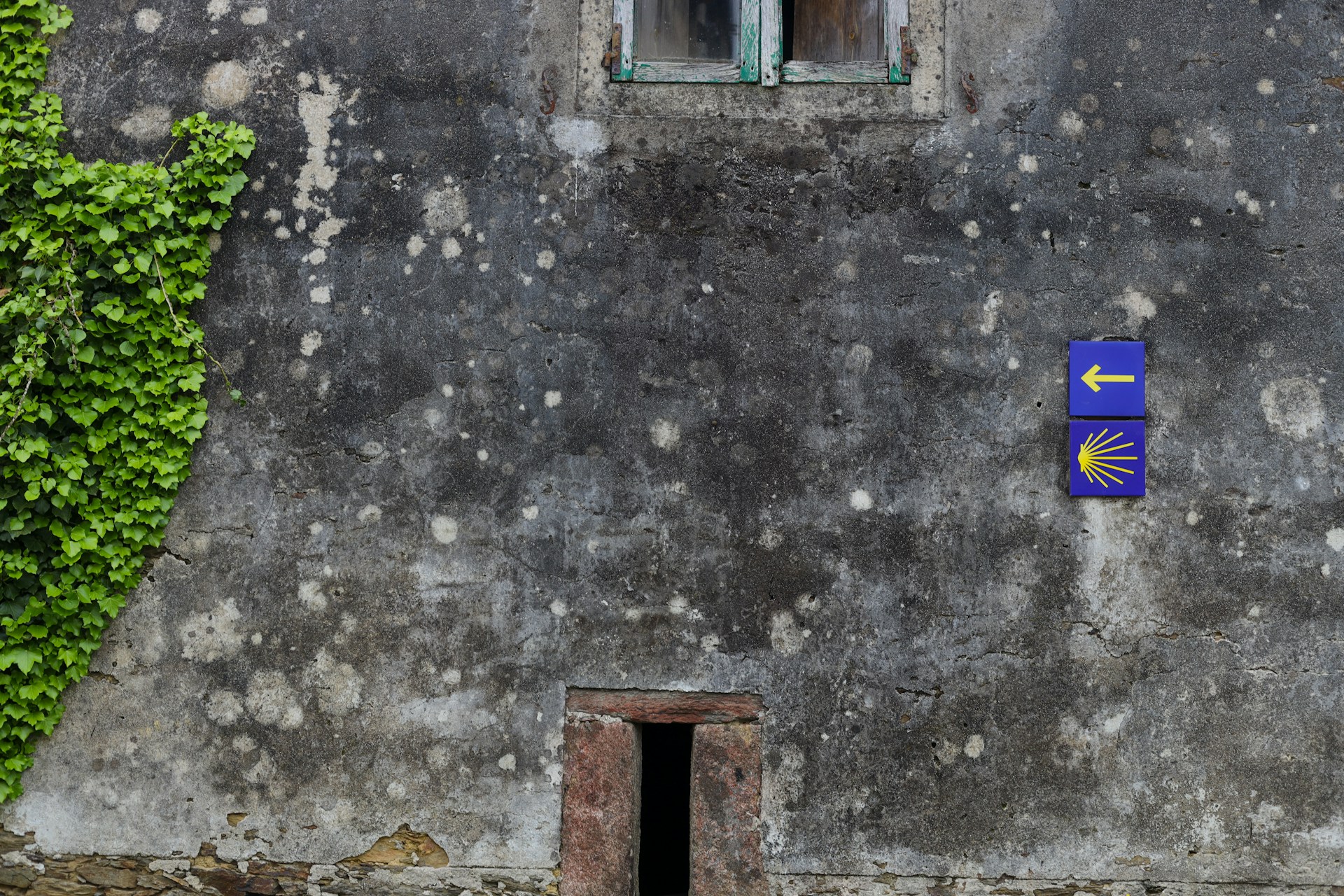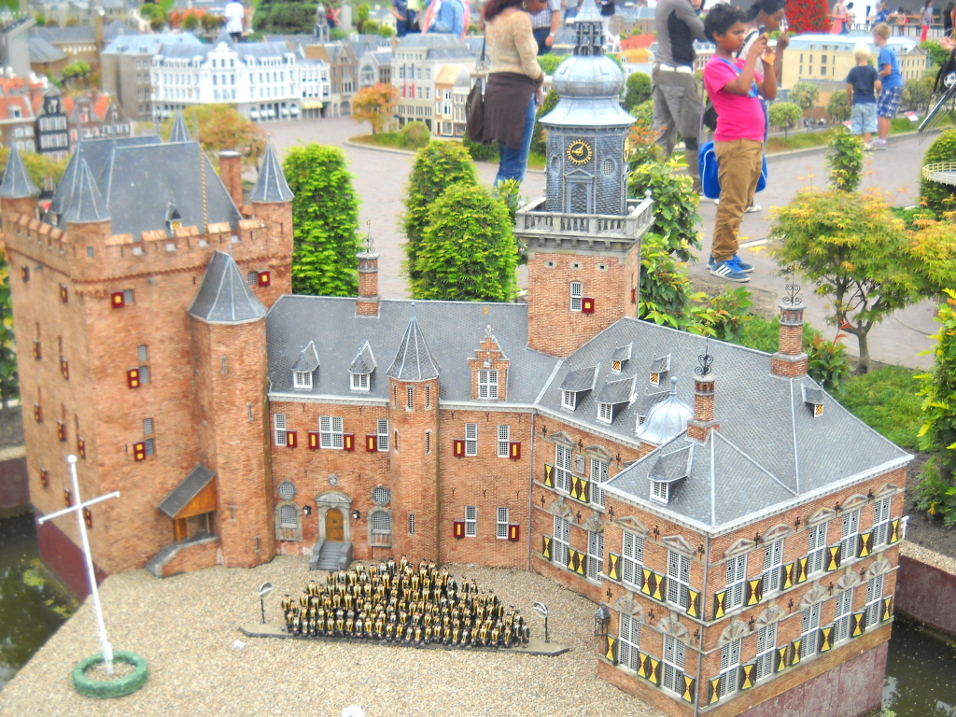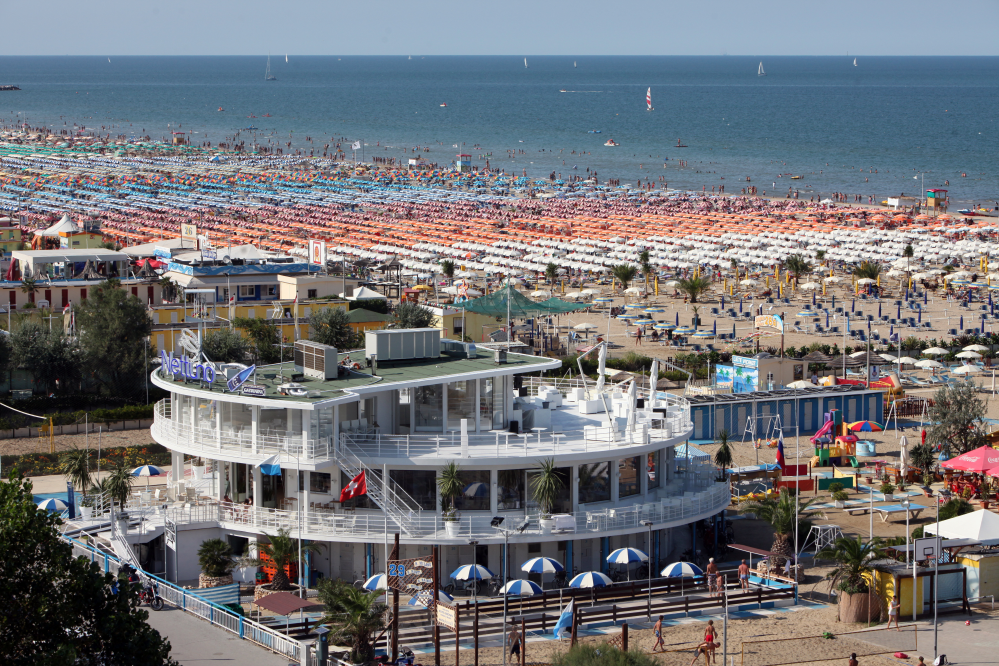The Portuguese way is one of the most popular routes to get to Santiago de Compostela, just after the French way, it draws more than 30% of all the pilgrims and travelers who arrive in Santiago each year. It’s more than just a challenge, it’s a spiritual route that helps people in many different ways while enjoying world-class attractions along the way.
Whether you choose the Central Route or the Coastal Route, Lisbon or Camino Portuguese from Porto this journey promises captivating landscapes, historic towns, and a profound sense of pilgrimage.
Photo by Mor Shani on Unsplash
The Routes and Distances
There are two main starting points to do the Portuguese way and reach Santiago de Compostela in Spain.
Here are the details for each:
- Starting in Porto: The Central Route spans 260 km (161 mi), while the Coastal Route covers 280 km (173 mi).
- Starting in Lisbon: Embark on a longer adventure of approximately 630 km (391 mi).
Whether you choose the coastal Camino Portuguese or the central, both are packed with landmarks and unique attractions, as well as tour operators like Orbis Ways who are dedicated to helping adventurers and pilgrims complete the Camino without issues.
Charming Places Along the Way
One of the main draws of the Portuguese way is the attractions and many people can confirm this for you, this side of Europe, crossing from
Portugal to Spain is one of the most picturesque and unique places you’ll ever visit.
Oporto (Porto)
Starting from Porto, many people decide to get to the city a few days before starting the journey, just to get around and visit iconic places the city has to offer.
Start your journey with the iconic religious buildings scattered around the city, like Porto Cathedral, Chapel of Souls, Clerigos Church and Tower, and the Church of Saint Francis. After fulfilling your religious desire visit other places like Bolsa Palace or the Jardins do Palácio de Cristal.
While the city has a lot more to check out with this you’ll leave with a good grasp of the city’s charm.
Next, begin your pilgrimage at the Sé Cathedral, where ancient bridges span the Douro River.
San Pedro de Rates
Next, a beautiful stop along the way, the small town of Rates. It may not be the typical destination for a tourist but it has a lot to offer for the pilgrims. The town is the perfect stop, since it counts with an Albergue de Peregrinos, in case you need shelter.
Here you will find the typical attractions of a town trapped in time, a square, bars, and narrow streets. Two of the highlights of the towns are the Igreja de São Pedro de Rates and the Rates Park.
Barcelos
Barcelos is a bit further away from Rates, and it’s a lot more than just a magical European town with a vibrant market and folklore. The first thing you’ll notice is the Ponte de Barcelos, which is a bridge from medieval times and crosses the Cávado River.
After marveling at the bridge you can visit the Templo do Senhor Bom Jesus da Cruz and the Confraternity of Our Lady of the Rosary, both are unique churches with interesting architecture and a lot of history.
I highly recommend that you take a walk around the city, it has a lot to offer!.
Tui
Tui is a historic Galician town near the border with Portugal and one of the many stages of the Portuguese way. Here you’ll find a lot of landmarks worth checking out, but one that will steal your breath is the Catedral Tui, which is sitting on top of a hill and offers unique views.
Next, you can marvel at the Ponte Rodo-Ferroviária de Valença or visit the Paseo Fluvial de Tui before continuing to Santiago de Compostela.




